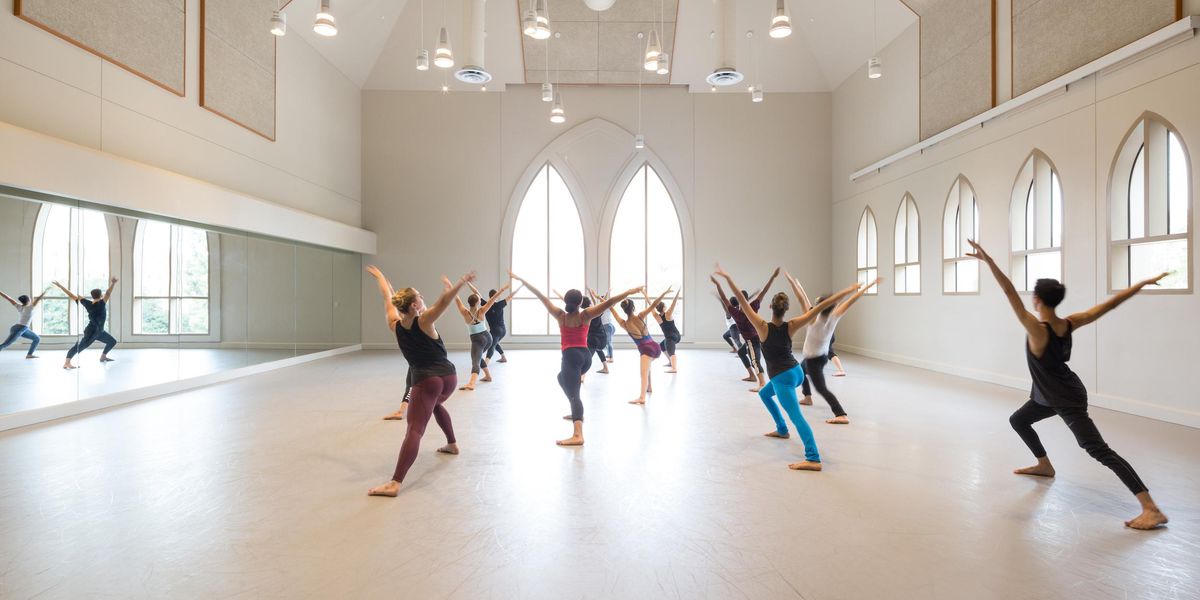Advice for Dancers: A Curious Conundrum
How to manage multiple leading roles without wearing yourself out, plus advice on injury recovery and life after dancing
I feel guilty complaining about a problem that most dancers would die to have—too many leading roles! But the truth is, I’m exhausted after two weeks of rehearsals. How do I heal my tired body so I can perform every show during the season?
—Pooped Ballerina, Brooklyn, NY
Just because you’ve made it to the top doesn’t mean it’s easy. As a dancer, rehearsing and performing tax your mind and body. While caring for your instrument during this busy time will help to create a crucial balance between exercise and recovery (think sleep, nutrition, relaxing with friends and weekly massages), there are still limits to how much you can push yourself. In fact, research shows that 69 percent of new injuries in professional ballet dancers occur after dancing five or more hours per day, five days a week.
So what’s an overworked dancer to do? Believe it or not, I’ve known ballerinas who actually spoke to their directors about cutting back on their repertoire without hurting their careers. “No” may not be a popular word in a dancer’s vocabulary, but it can garner respect when the goal is to perform at your best. The only time this could undermine your credibility is when you are moving up the ranks and nix a part in the corps in favor of a lead. But since you’ve paid your dues, you should be able to focus on keeping yourself healthy without worrying too much about future casting.
I’m 19 and was seriously injured during a dance apprenticeship. I feel hopeless since I’m a year into rehab without a company position on the horizon, even though my doctor and PT tell me I’m making progress. It’s hard to deal with the uncertainty. What can I do?
—Laura, Orlando, FL
Ambiguity about your future can make you highly anxious because your imagination can come up with any number of plausible and also unlikely outcomes. To counteract your fears, focus on what you do know. Keep a diary to track your progress in rehab and your cross-training, like Pilates and swimming. While it may seem as if you’re moving at a glacial pace, noticing steady improvements will make you feel less helpless. You can also get involved with other interesting people, hobbies and extracurricular activities. Even though you’re not dancing right now, this will help you gain a sense of satisfaction and control over your life, which everyone needs. And please be aware that you are not alone. Most dancers have their first injury in their teens, and that often helps them develop better work habits and technique, preventing further injuries down the road.
I’m a gypsy who has been in really great shows on Broadway for most of my career. My problem is that I know the clock is ticking, with less work and success in my future. I should be working on a career transition if I want to start a family with my husband, but the idea of preparing for my future paralyzes me.
—Feeling Stuck, New York, NY
Please watch out for the “tyranny of the shoulds,” a term coined by pioneering psychoanalyst Karen Horney. It’s impossible to live up to an idealized image of one’s self. Few professional dancers find it easy to leave this career after spending most of their lives devoted to dance. But it helps to have a competing option. For some, the lure may be switching gears from a career to having children and a “normal” life after your years of sacrifice for dance. Other dancers focus on finding a second meaningful job, using different talents and skills, with or without a family. Your best bet is to begin to examine other areas without pressure, while you still have the security of dance. Check out free career services and grants offered by Career Transition For Dancers at actorsfund.org/careertransition.
Send your questions to:
2000 Broadway, PH2C, New York, NY 10023
email: [email protected]
Former New York City Ballet dancer Linda Hamilton, Ph.D., is a psychologist in private practice, the author of
Advice for Dancers (Jossey-Bass) and co-author of The Dancer’s Way: The New York City Ballet Guide to Mind, Body, and Nutrition (St. Martin’s Griffin). Her website is drlindahamilton.com.




